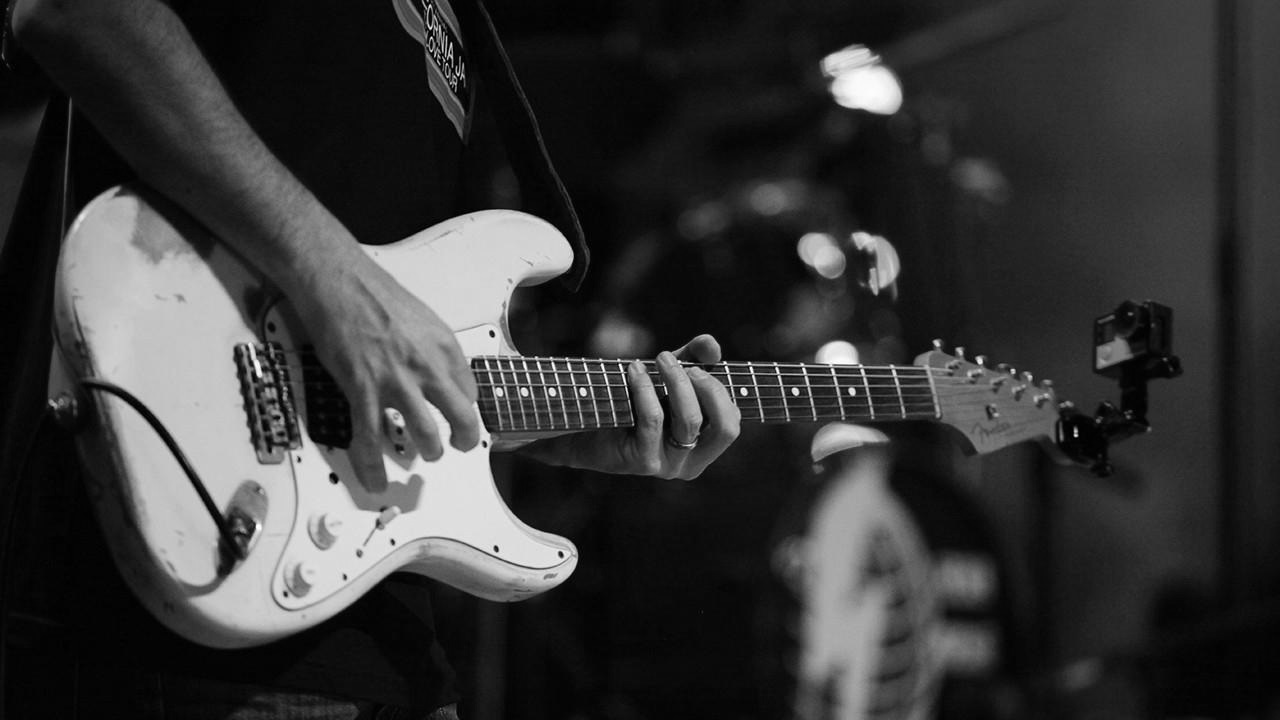The 5 pentatonic shapes are a staple of learning rock or blues guitar, though truth be told most guitarists generally use 3 of them at the most. In our latest book, ‘Woodshedder’s Guide to Guitar Scales‘, we reduced the number of pentatonic shapes to just 3, the effects of which can be good for your playing for a number of reasons.
When you first learn scales, the scale pattern itself dictates what you play. It’s only when you’ve been playing for a while that your ear starts to intervene in the process and make note choices. Hence, if you change the pattern, your phrasing and note choice will be affected, if only due to the nature of the guitar’s tuning. In the same vein, another advantage of using an alternative scale shape is that it gets you away from the cliché sounds that everyone else plays. I guarantee that 95% of guitarists haven’t considered using the following patterns to play pentatonic scales, so you’ll be able to stand out from the crowd.
I like these patterns because they’re similar to the famous five shapes, in fact they may even help you bridge the gap between them, but different enough to get you thinking in a different way about phrasing and note choice. The other advantage is that 2 of the 3 minor and major pentatonic shapes are not the same.
Here are the three minor pentatonic shapes in F:



If you look carefully, there are no notes missing as the shapes all slot into each other perfectly. Each shape uses 3 notes on one string to break up the monotony of 2 notes on every string and get you thinking in terms of movement or at least the adjacent patterns if you’re still thinking in terms of the classic 5 shapes.
Here are the three major pentatonic shapes:



Again, the major pentatonic shapes slot into each other perfectly. I also like the fact that the 2 out of the 3 shapes are different, which avoids trying to make those ingrained minor pentatonic patterns sound major and vice versa.
You can find these scale shapes, and a ton of others, in the Woodshedder’s Guide to Guitar Scales.



